1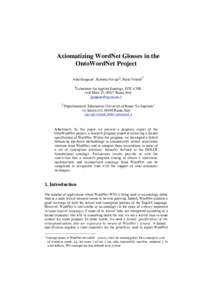 | Add to Reading ListSource URL: wwwusers.di.uniroma1.itLanguage: English - Date: 2004-01-21 04:50:03
|
|---|
2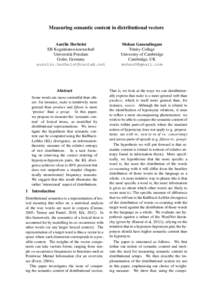 | Add to Reading ListSource URL: www.cl.cam.ac.ukLanguage: English - Date: 2013-06-18 09:18:55
|
|---|
3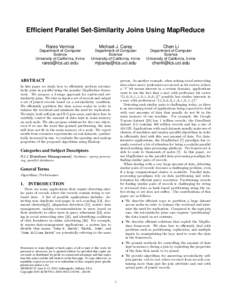 | Add to Reading ListSource URL: asterixdb.ics.uci.eduLanguage: English - Date: 2013-06-06 15:43:58
|
|---|
4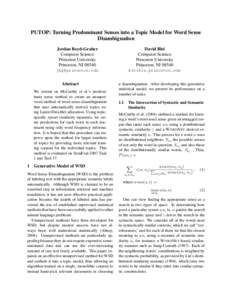 | Add to Reading ListSource URL: wordnet.cs.princeton.eduLanguage: English - Date: 2007-05-16 20:26:21
|
|---|
5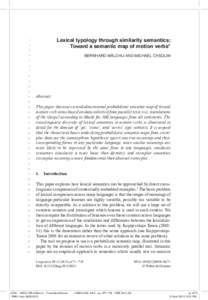 | Add to Reading ListSource URL: cysouw.deLanguage: English - Date: 2014-01-15 15:16:28
|
|---|
6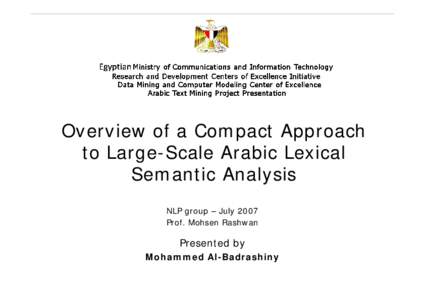 | Add to Reading ListSource URL: www.rdi-eg.comLanguage: English - Date: 2007-07-17 03:56:43
|
|---|
7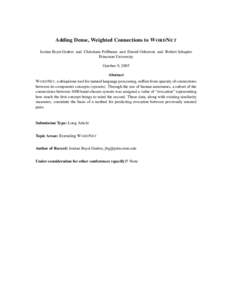 | Add to Reading ListSource URL: wordnet.cs.princeton.eduLanguage: English - Date: 2006-11-16 11:27:38
|
|---|
8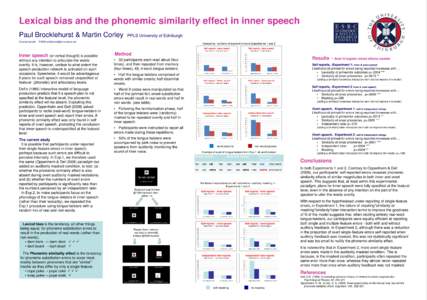 | Add to Reading ListSource URL: edgwiki.wdfiles.comLanguage: English - Date: 2012-09-17 05:36:28
|
|---|
9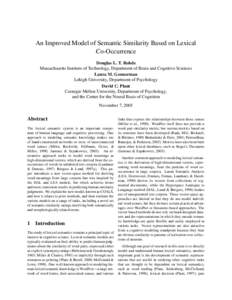 | Add to Reading ListSource URL: tedlab.mit.eduLanguage: English - Date: 2012-08-07 12:32:37
|
|---|
10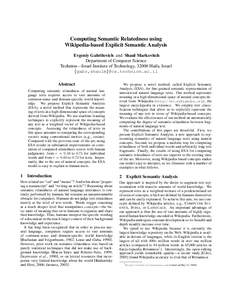 | Add to Reading ListSource URL: jsomers.netLanguage: English - Date: 2010-01-03 00:51:56
|
|---|